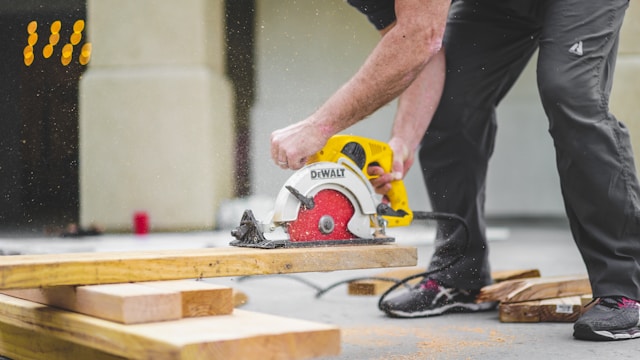In today’s digital age, having a reliable and fast internet connection is essential for both homes and offices. Ethernet cables play a crucial role in ensuring that your network operates smoothly, providing stable connectivity for various devices. However, with different types and specifications available, choosing the right Ethernet cable can be confusing. This guide will help you understand the key factors to consider when selecting the best Ethernet cable for your needs.
Understanding Ethernet Cables
Ethernet cables are used to connect devices such as computers, routers, switches, and gaming consoles to a local area network (LAN) or the internet. They come in various categories, each designed for different network speeds and applications. The most common Ethernet cable categories include Cat5e, Cat6, Cat6a, and Cat7.
- Cat5e (Category 5e): Cat5e cables are the most basic Ethernet cables available today. They support speeds up to 1,000 Mbps (or 1 Gbps) and are suitable for most home networks and small office setups where high-speed data transfer is not critical.
- Cat6 (Category 6): Cat6 cables offer higher performance than Cat5e, supporting speeds up to 10,000 Mbps (or 10 Gbps) over shorter distances. They are ideal for environments where faster data transmission is required, such as streaming HD video, online gaming, and transferring large files.
- Cat6a (Category 6a): Cat6a cables are an enhanced version of Cat6, capable of supporting speeds up to 10 Gbps over longer distances (up to 100 meters). They are suitable for demanding applications in offices and commercial settings, providing better performance and reduced interference.
- Cat7 (Category 7): Cat7 cables are designed to support speeds up to 10 Gbps over 100 meters and offer improved shielding against electromagnetic interference (EMI). They are typically used in data centers and environments where maximum performance and reliability are crucial.
Factors to Consider When Choosing an Ethernet Cable
- Speed Requirements: Determine the maximum internet speed offered by your ISP (Internet Service Provider) and the speed capabilities of your networking equipment (router, switch, etc.). Choose an Ethernet cable that supports at least the maximum speed of your network to avoid bottlenecks.
- Cable Length: Consider the distance between your devices and the network outlet or router. Different Ethernet cable categories have varying maximum lengths before signal degradation occurs. Cat5e and Cat6 cables can typically reach up to 100 meters, while Cat6a and Cat7 can go farther with less signal loss.
- Shielding: Depending on your environment, you may need cables with additional shielding to reduce interference and crosstalk. Shielded cables (such as Cat6a and Cat7) are recommended for areas with high electromagnetic interference, such as industrial settings.
- Cost: Ethernet cables vary in price depending on their category and features. While higher categories like Cat6a and Cat7 offer superior performance, they are generally more expensive than Cat5e or Cat6 cables. Consider your budget alongside your performance needs.
- Future-Proofing: If you anticipate upgrading your network or internet speeds in the near future, investing in higher-category cables (e.g., Cat6a or Cat7) can provide better performance and longevity without needing to replace cables again soon.
- Compatibility: Ensure that the Ethernet cable you choose is compatible with your existing networking equipment (routers, switches, etc.). Most modern devices are backward compatible with older cable categories, but using the appropriate cable ensures optimal performance.
Popular Ethernet Cable Types Explained
- Cat5e: Affordable and suitable for basic home networking needs, providing speeds up to 1 Gbps.
- Cat6: Offers higher speeds (up to 10 Gbps) and better performance for homes and small offices with moderate data demands.
- Cat6a: Enhanced version of Cat6 with improved shielding and support for 10 Gbps speeds over longer distances, ideal for demanding environments.
- Cat7: Provides maximum performance with speeds up to 10 Gbps and superior shielding against interference, suitable for high-speed data centers and industrial applications. When setting up your network, the choice of the right internet wire is crucial to ensure consistent performance and reliability.
Conclusion
Choosing the best Ethernet cable for your home or office network depends on factors such as speed requirements, cable length, shielding, cost, and future-proofing needs. Cat5e and Cat6 cables are suitable for most residential and small office environments, while Cat6a and Cat7 cables offer superior performance and reliability for demanding applications. By understanding these factors and selecting the appropriate Ethernet cable category, you can ensure a stable and efficient network connection tailored to your specific needs.







